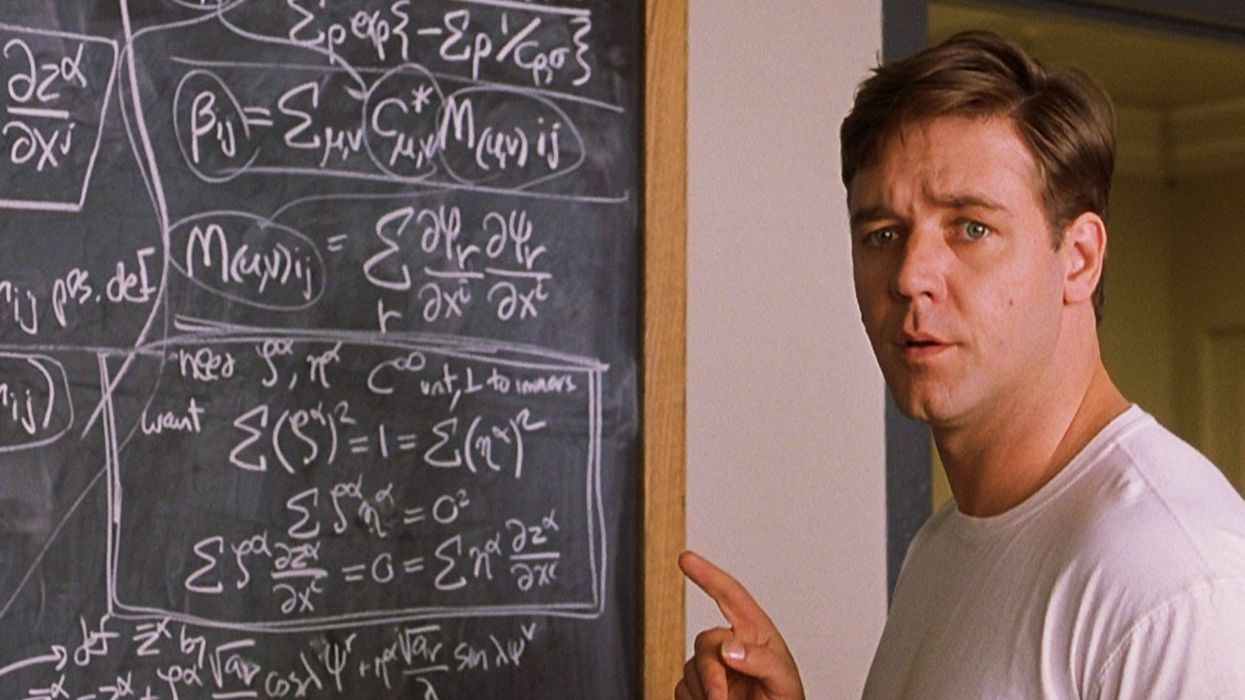The "3-Minute Rule" and The Neuroscience Behind Screenwriting
Should screenwriters consider how their audience's brains interact with their material?

Scholar Dr. Connie Shears and writer Paul Joseph Gulino believe so, and have created a Chapman University class around this subject, as well as an accompanying book, The Science of Screenwriting: The Neuroscience Behind Storytelling Strategies. The book took five years to write.
In a recent interview with Film Courage, Shears explained several of the book's main concepts and offered some interesting advice for screenwriters from the perspective of a psychologist.
Give Your Audiences a Break from Tension Every Three Minutes
One of the most important bits of advice offered in the interview is Shears' suggestion that screenwriters should build in contrasts of emotions. In order to maintain audience attention, there has to be an alternation between tension and release. Timing is incredibly important.
Shears is basing this advice on studies involving eye tracking of different audiences. According to these studies, audiences can take about three minutes of tension, then there must be a break.
This can be achieved in the writing by creating an intense action sequence or a dramatic confrontation, and then a quieter scene to follow, while being aware of how the scene will play out, timing-side. Within direction or cinematography, similar mindfulness can be applied to where shots are tight and fast-paced, with a wide shot or segue to break the tension.
Shears mentions James Bond movies as a specific example. Just take a look at this fight sequence as proof!
Don’t Focus on the Audience
Don't go into the writing process trying to write something you think an audience will like, just because it's flashy or fast-paced. The story is what will make your screenplay a success.
As mentioned above, remember that pacing is important. Don't let your story be too fast or too slow for too long.
Shears also says your script must be respectful and playful with the human brain in order to make it attractive to audiences.
Even while working on the early phases of a film, with just the words on the page, remember that sound and visuals will also come into play. Everyone will receive those visuals and sounds the same, but Shears points out that each brain will process that information differently based on their experiences.
Understand this interweaving of memory and language might give screenwriters a unique leg up in the industry.
Does Upbringing Play a Part in What Movies We Like?
Shears says upbringing doesn’t really play into what movies certain groups gravitate towards. This is a highly individual process, and everyone processes experiences differently.
However, a basic fact of humanity is that we are all attracted to stories in their various forms. Shears says that movies are successful because humans are designed for storytelling. A baby, for instance, develops auditory senses first in order to hear stories.
Should Screenwriters Consider Psychology?
Shears points out that self-examination is important, no matter what field you’re in. Think about how you would respond to certain situations as you are writing them, for instance.
Shears even suggests that screenwriters should take psychology courses to understand how the audiences will respond to the stories they tell, much like writers sometimes take improv or acting classes for different perspectives.
This could lend an understanding of how a human brain integrates perceptual information with cognitive experience, Shears says.
You can watch the full interview below.
What's next? Put science and creativity to work through our free screenwriting seminar!
You'll learn the basics of screenwriting through an easy, step-by-step process over the course of 10 weeks.
What do you think of this intersection of psychology and screenwriting?
Source: Film Courage











